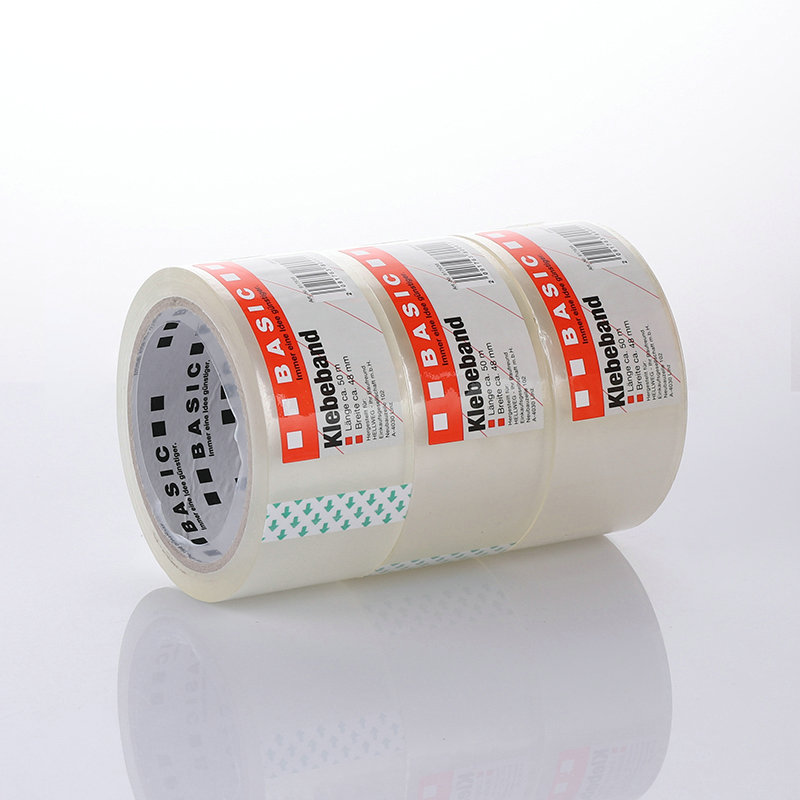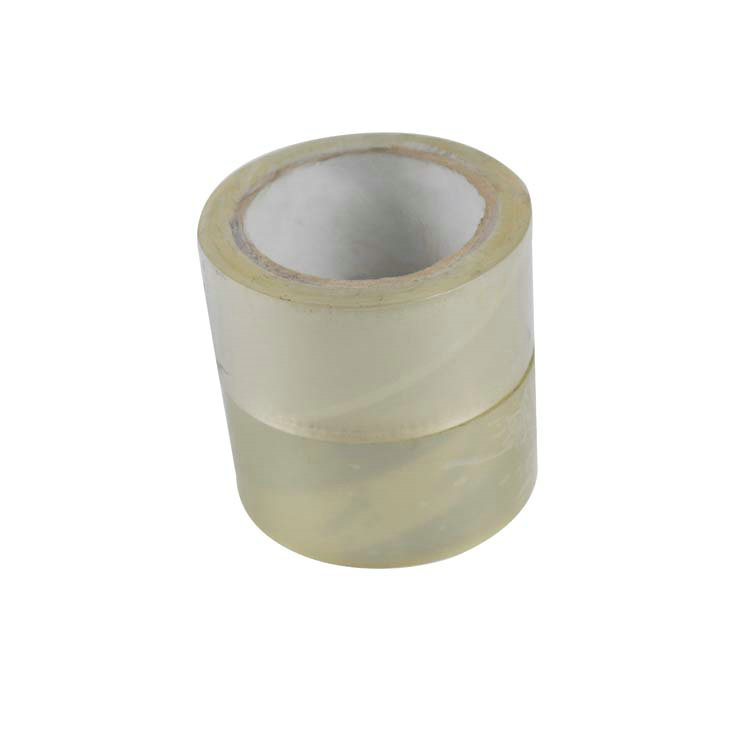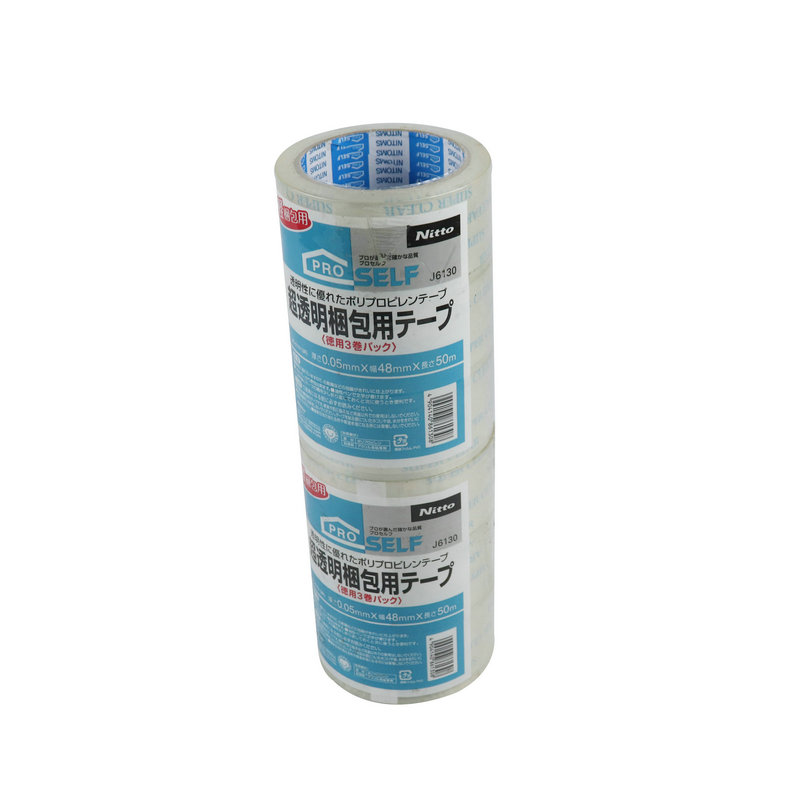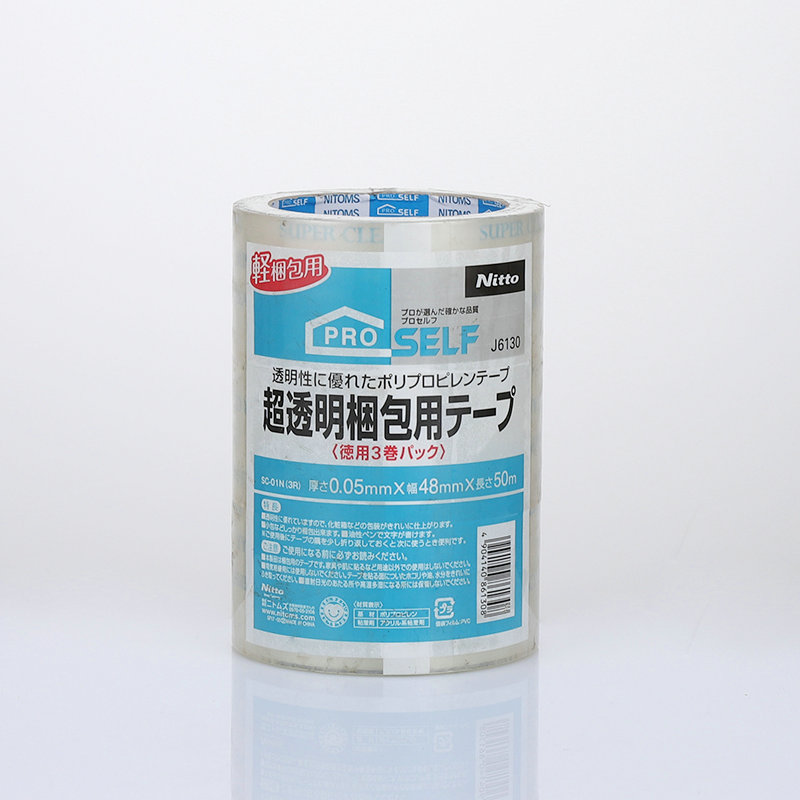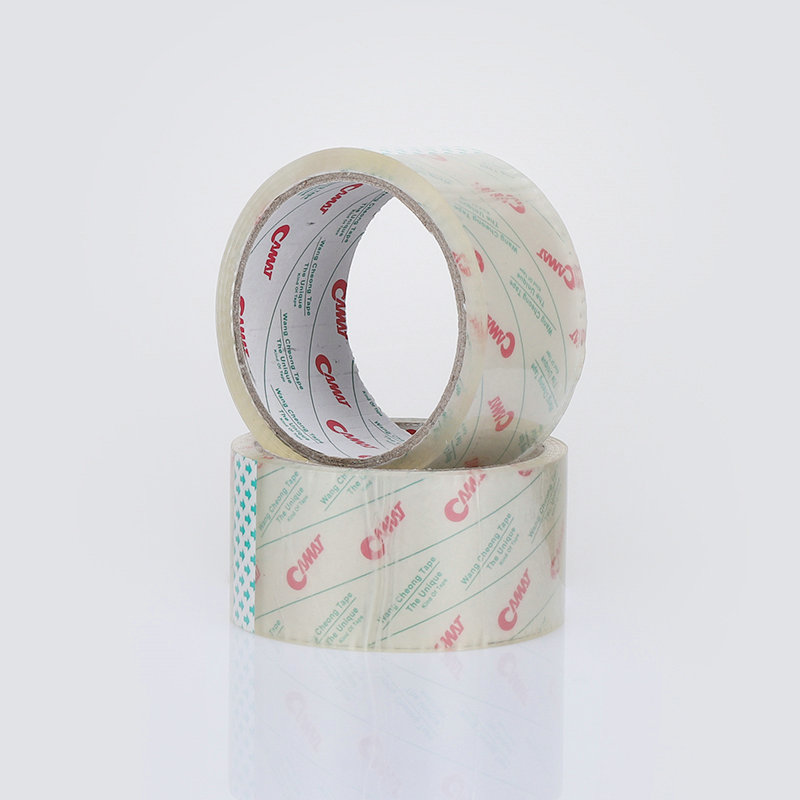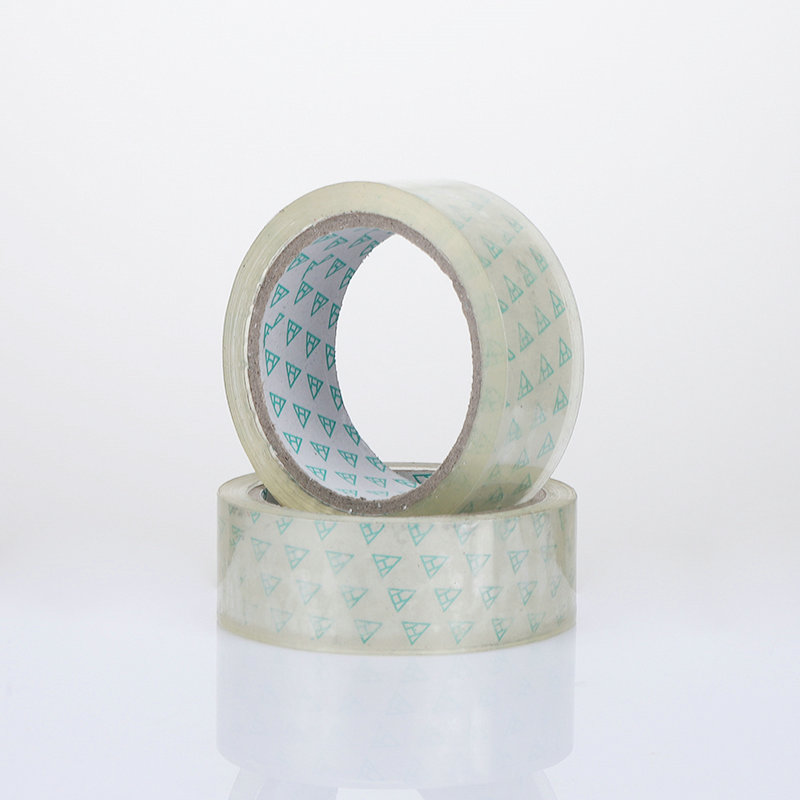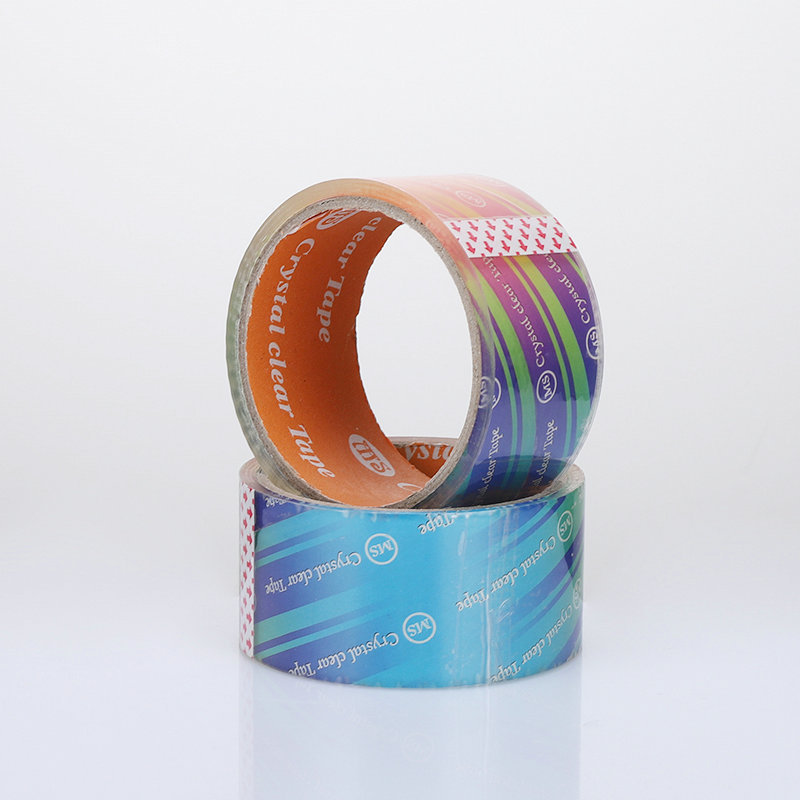specializing in the production of stretch film, adhesive tape, packing tape, etc
Choosing the right wrap tape for a particular surface involves considering several factors, including the type of surface, the environmental conditions, and the intended purpose. Here are some steps to help you select the appropriate wrap tape based on the surface type:
1.Identify the Surface Type:
Start by identifying the material and condition of the surface you intend to wrap or tape. Common surface types include:
Smooth and Non-Porous Surfaces (e.g., glass, metal, plastic)
Rough or Porous Surfaces (e.g., wood, concrete, brick)
Flexible Surfaces (e.g., fabric, rubber)
2.Determine the Purpose:
Consider the purpose of the tape. Are you using it for insulation, sealing, bundling, masking, or repairing? Different types of wrap tape have different properties and are designed for specific purposes.
3.Environmental Conditions:
Think about the environmental conditions the tape will be exposed to. This includes factors such as:
Temperature: Some tapes are designed for extreme temperatures, while others may not perform well in high or low-temperature environments.
Moisture: If the surface is exposed to moisture or water, you'll need a waterproof or water-resistant tape.
UV Exposure: Outdoor applications may require UV-resistant tape to prevent deterioration from sunlight.
4.Adhesive Type:
Pay attention to the adhesive properties of the tape:
Permanent Adhesive: Suitable for long-term applications on surfaces where removal is not necessary.
Removable Adhesive: Ideal for temporary applications or surfaces where you don't want residue left behind.
High-Tack Adhesive: Offers strong initial adhesion, suitable for demanding applications.
Low-Tack Adhesive: Provides a less aggressive adhesive for delicate surfaces.
5.Tape Material:
Consider the material composition of the tape:
Rubber-based tape: Offers good flexibility and adhesion.
Vinyl tape: Resistant to moisture and UV exposure.
Cloth tape: Durable and suitable for irregular surfaces.
Foam tape: Provides cushioning and insulation properties.
6.Width and Thickness:
Choose the tape width and thickness that are appropriate for your specific application. Thicker tapes may offer more durability and insulation but may not conform well to curved surfaces.
7.Compatibility Testing:
If you're unsure about tape compatibility with a particular surface, it's a good idea to perform a small-scale test. Apply a small piece of the tape to a hidden or inconspicuous area of the surface and check for adhesion and any adverse reactions over time.
8.Read Manufacturer Guidelines:
Always refer to the manufacturer's guidelines and recommendations for the specific tape you are considering. They often provide information on surface compatibility and best practices for application.
9.Consider Brand and Quality:
Quality varies between tape brands. Choose a reputable brand and ensure you're getting a product that meets your requirements.
By carefully considering these factors and conducting compatibility tests when necessary, you can choose the most suitable wrap tape for your specific surface and application needs.

 英语
英语 日语
日语 西班牙语
西班牙语 阿拉伯语
阿拉伯语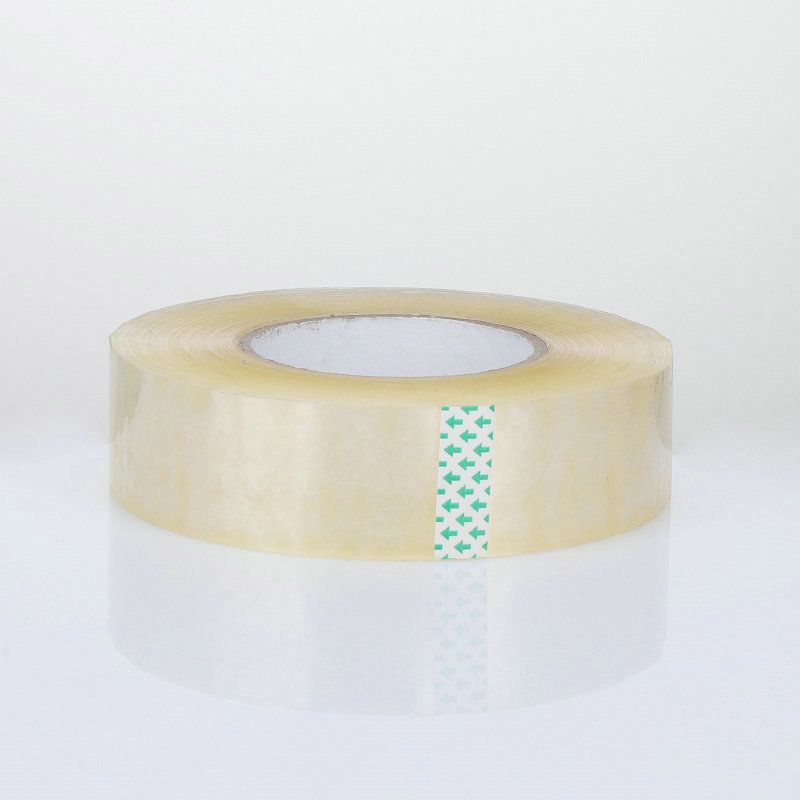
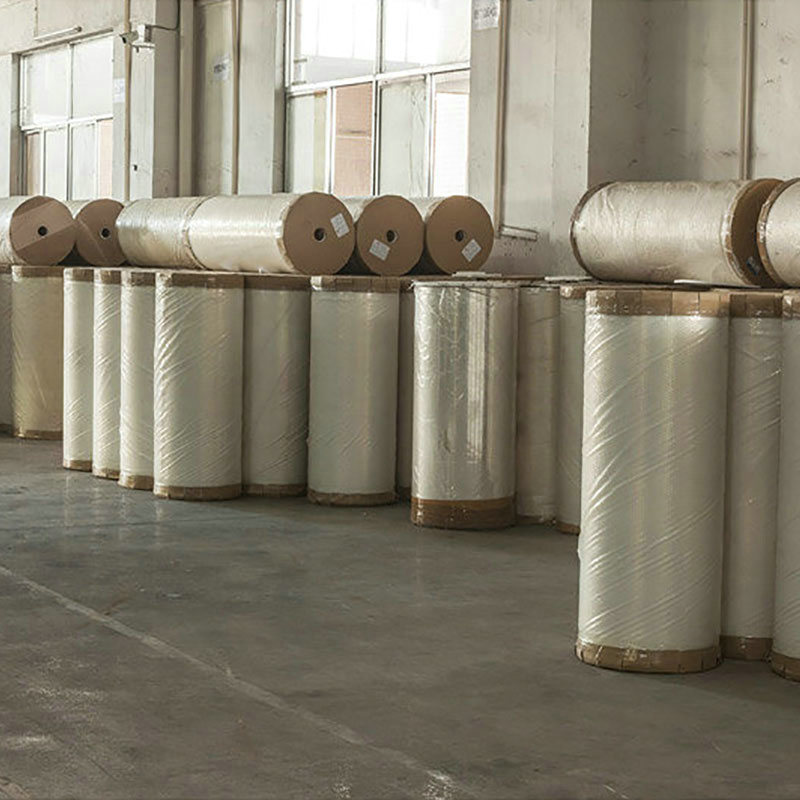
.jpg)
